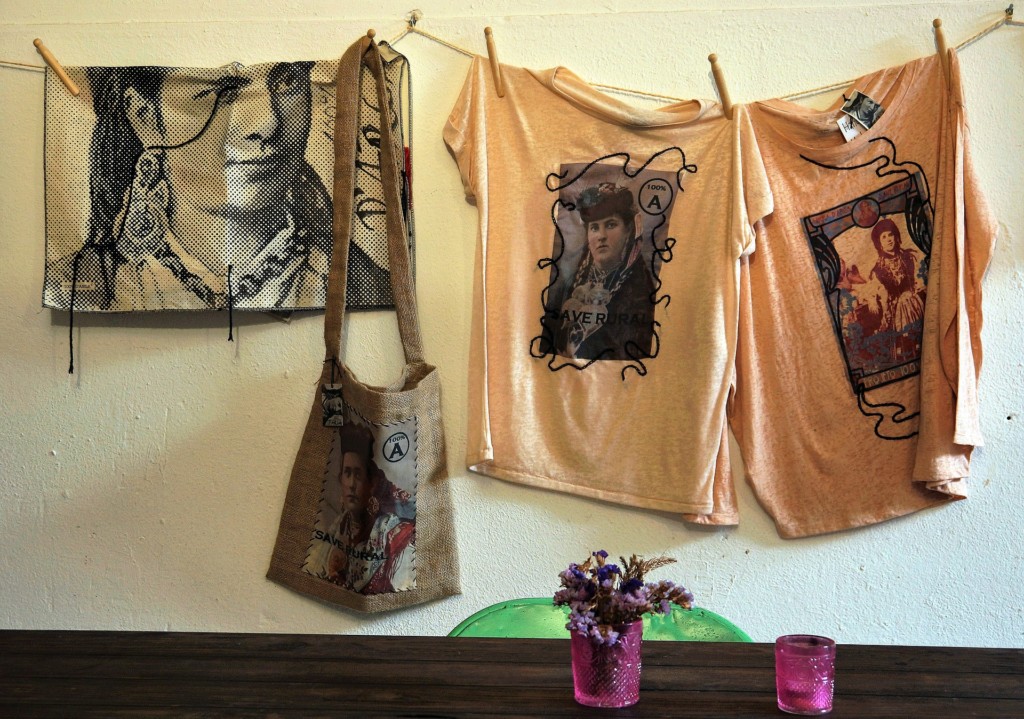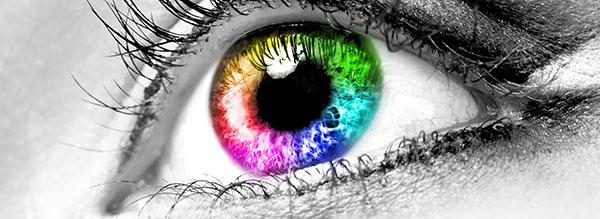“Living in a material world…you know that we are living in a material world…”
How true are these words from Madonna’s famous song! The textile industry is now one of the world’s largest industries. No wonder that dye sublimation inks and medias are proving so popular. Material is everywhere. It is actually estimated that something in the region of 30 billion square metres of material is produced annually worldwide. Now that is a lot!
The breadth and scale in the industry is vast. There is everything from the home business DIY-ers who offer small run, bespoke promotional gifts, to significant producers churning out metres upon metres of fabric. Then sitting within this range are mid run manufacturers. They can be fabricating intermediate runs of bespoke designs through to retail and event signage. In the latter cases, higher volume production lines means that screen printing has traditionally been the preferred choice. However, the digital revolution is rapidly changing this. Particularly as there is an increasing desire for soft signage. So textile printing is becoming the popular go to choice for both printers and customers. No wonder therefore the industry is shifting. Both sign makers and commercial printers are expanding operations to ensure they incorporate a textile offering.
What is the difference between the different textile printing inks?
Knowing what you want to produce will influence what dye sublimation inks and media you need to use. Obviously as is often the case; nothing is ever simple and unsurprisingly the world of textile printing is no different! However it’s important to understand what this ‘material world’ is all about. By doing so you can opt for the right solution for your business. Adding to the complexities is the large diversity of different ink formats in digital textile printing. Simply put there are six types of inks, commonly known as: Disperse, Reactive, Acid, Pigment, Latex and UV curable inks.
Let’s take some time to explore each of these a little more to understand how they work…
Disperse inks are used in the dye sublimation paper transfer printing process. The inks infuse into and actually bond with the fabric, becoming part of the textile itself. These types of sublimation inks are predominately used for the production of bespoke interiors, leisure wear and apparel. This technique works best with textiles with a high polyester content. Whereas reactive inks are more suited to printing directly onto natural fabrics, such as cotton and linen. This contrasts with more sensitive textiles like silk, nylon and wool where an acid dye ink is likely to work best.
Moving onto pigment ink; in the scheme of material printing this is a relatively new ink technology. It has developed with the rapid advances of digital. It’s therefore becoming increasingly popular. The ink contains binders and a binding agent that fix the colour following a dry heat process. It can be used on almost any kind of fabric including cottons and linens. In comparison, flexible UV-curable inks use photo polymerisation and dry instantly when exposed to UV light. Finally latex inks, have a polymer resin which holds the pigments and helps bond the ink to the material.
So, what is dye sublimation printing and how does it work?
The simple act of printing is to place ink onto a material. However in the case of dye sublimation the science goes quite literally a lot deeper than that. Here it involves the chemical process of sublimation which many may be familiar with from their school days. This is where a solid turns directly into a gas without going through the liquid stage. Remember that gas to solid transformation triangle!
This is exactly what happens to dye particles. They turn into a vapour under heat. Then when they turn back into a solid they become one with any of the polymer molecules that are present in the media you are decorating. Using dye sublimation transfer paper is a holding stage to keep the dye molecules in place. Then the application of heat and pressing the sublimation paper to the blank at around 180-200oC creates the bond between the two and increases permanency. Ideally the sublimation paper should be resin coated so that when used with dye sublimation inks a high transfer rate and excellent stability is achieved.
What is the difference between direct and indirect dye sublimation?
Indirect printing continues to probably be the most versatile of applications. This is where a dye sublimation paper is used. It is primarily restricted to polyester based fabrics. However, the upside is that it is still the easiest and most cost effective way for printers to initially enter the world of soft signage and printed textiles. The potential downside is that it does involve an interim stage which can add to the turnaround time of a job if an inline process is not used. Compare this with direct to textile sublimation, which as its name suggest involves printing directly onto the textile. In this day and age this is particularly good for soft signage, which is a dominant part of the sector. Here the very nature of the polyester or polyester-blend fabrics lends themselves to being printed directly if they have been pre-treated.
What are the best applications for dye sublimation?
There are many opportunities for dye sublimation. It is probably most dominant in soft signage, furnishings and where volume is required for clothing production. The rise of digital printing in this arena means that it is also becoming increasingly more accessible with more distinctive pieces and one-offs.
Why is the material world becoming so popular?
The rise in the ability to create more easily bespoke designs and tailored volume printing has led to the rise in the use of dye sublimation inks and medias. The fashion world, where seasonal fashion is more multiple mini-seasons than core four seasons to the year, means that inkjet production with its reduced set-up times and print-on-demand delivery is increasing expectations. Equally in the retail sector, high street stores are frequently changing their point of sale displays to entice shoppers. Demand now means that many shops use textile based signage in some form whether in suspended displays, light boxes or frame systems to get their message across. Another obvious reason for the popularity and why more brands are turning to soft signage over PVC graphics is environmental. Fabrics are recognised as being able to be more easily recycled.
The future is bright…
Some dye sublimation inks and medias can be incredibly versatile. They can have the ability to be used not only for printing directly onto fabrics, but also in the more traditional way with heat transfer paper. The ultimate inks have superior printing colour vibrancy and quality in various printing environments. Importantly they should also be OEKO-TEX certified. This is a worldwide independent testing and certification system for raw, semi-finished, and finished textile products. It tests for harmful substances to comply with human and ecological requirements such as SubliNova Smart and SubliNova Hi-Lite.
So, while the world is focused on trying to make a difference towards the environment at every level, it is true that we are living in a material world. And this is likely to continue to grow and flourish for some time to come!


